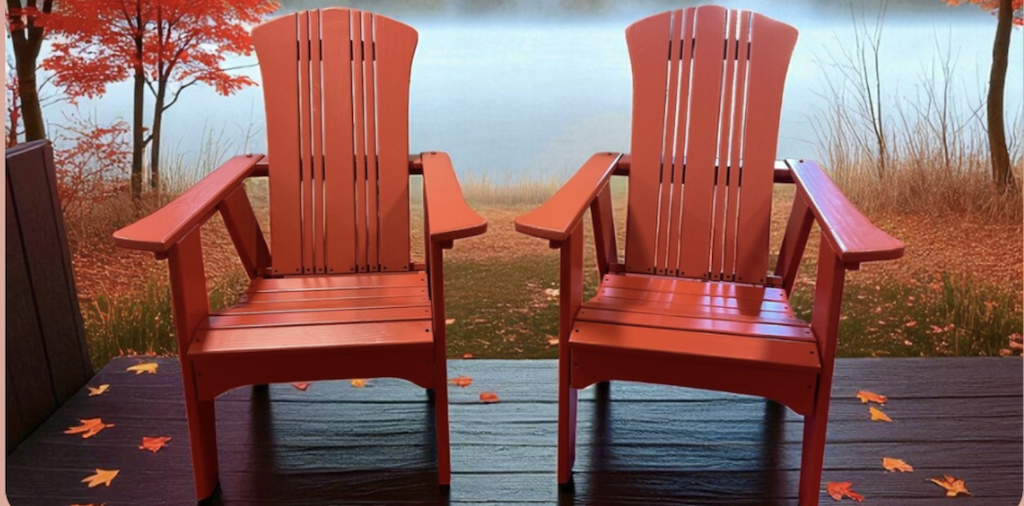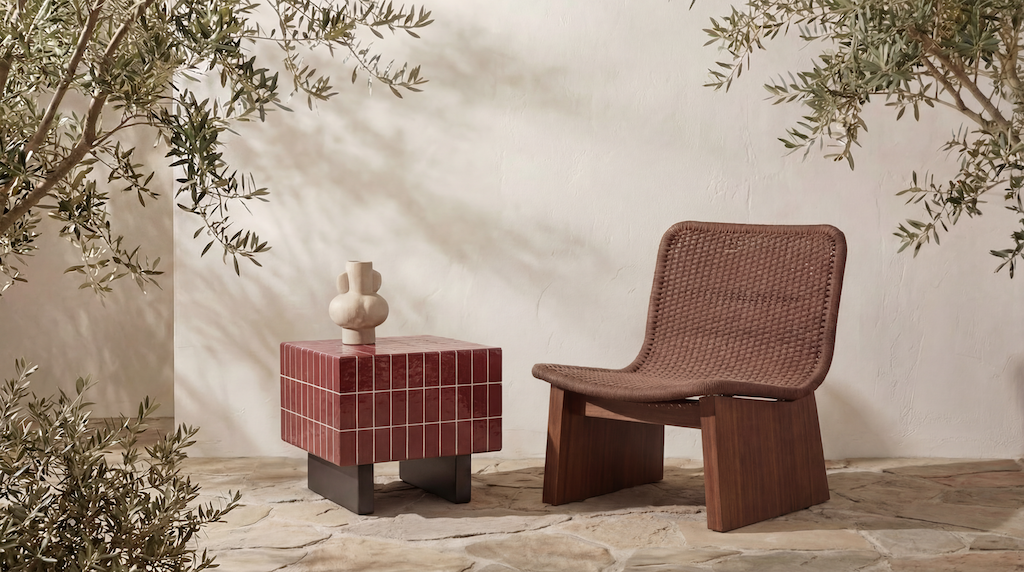With all of the challenges the home furnishings industry is facing, you might think things are slowing down. But from those I’ve spoken with, many retailers and manufacturers are still reporting high sales numbers.
That’s likely to continue through 2025, especially as businesses have learned from the challenges they faced over the past few years and implemented new growth strategies.
Analysts from financial services research company Piper Sandler are predicting that consumers will spend more on bigger purchases — including furniture — before potential tariffs hit.
For the outdoor industry, that could be a good or bad thing. If it’s true, then the on season will be slower than usual, but the months leading up to April could be more busy. It would make sense, because the broader public is starting to understand that tariffs cost them more money in the end, and buying before that happens gives them an advantage.
Take that and add it to the fact that outdoor is continuously becoming more and more of a year-round product and less seasonal, that means there’s no bad time to step up your game and make the most of the possible business you can get over the next few months.
Here are a few things you can do to get started.
- Make sure you have a good balance on your direct-to-consumer approach. Are you giving people an easy way to buy from you online? These days, selling solely to the trade could leave you behind — especially with so many manufacturers starting to sell DTC. If manufacturers can work out a strategy to sell both to consumers and the trade without negating the positive effects the sales have on either party, you have a better chance of finding success.
- Build value in the products you sell. You can do this in multiple ways, whether it’s through creative marketing or social media strategies, or simply anything that can help you boost your efforts and maximize out every ticket. Remember, you’re not selling a product, you’re selling the ideas of happiness and relaxation. To offset those rising acquisition costs, make the best use of your customer visits and be sure to have an effective follow-up plan so you can stay with the customer even after the store visit ends.
- Win by being local. The No. 1 listed business on Google gets 28% of clicks, and the No. 2 gets 19% of clicks — which is extremely advantageous. To capture local searches for your business, claim business listings for each location or branch of your business. Increase your radius and make sure you can come up with a close local location for more people. Also, ask each customer for a review after their purchase or after their experience, and then focus on relevant and prominent reviews and keywords — which could help you rank higher in search results.
- Make it easy to start a conversation. Would it surprise you to find out that consumers would rather hand out parking tickets than sit on the phone on hold with customer service? Customers don’t want to call you, and they probably don’t want you to call them. But texting is another story. A study by Podium found text messaging is the preferred channel for 95% of customers.
Texting is a unique, intimate and personal way to connect with your customers, and 75% of consumers say they want to receive marketing messages through text messages as opposed to email. In terms of conversion rate to a sale, based on Podium’s research, consumers are twice as likely to prefer texting to any other communication method. Consumers are also more likely to opt into a text from a local business, according to Podium. - Offer more convenient payment options. Today, especially because of the pandemic, contactless payment is expected. And 90% of consumers say they want businesses to continue offering contactless payments years after the pandemic. Inconvenient payment options create friction at checkout which leads to higher bounce rates and an overall disjointed payment experience and customer experience. In addition, Wooden says to offer pay-on-the-go with text-to-pay and to text receipts directly and automatically to your customer’s mobile devices.
- Create a seamless online to in-store experience. The online-to-in-person experience is often disjointed, as retailers have no context into customer conversations online, no product recommendations based on online or in-person shopping, and no way to see both in-person and online purchases and conversations in one place.
This is crucial because 71% of consumers say they feel frustrated when their experience isn’t personal. Other ways to help bridge the gap and offer personalized, expected service are to allow customers to select a “buy online, pick up in store” experience and adjust the pick-up option while in the store and offer touchless payment options online and in-store. - Find new ways to drive traffic. If you primarily sell furniture, offer a “sit and snack” event where people can come in and sit and test out the sofas while enjoying a nice snack and drink. Have a live band out on Friday nights to play shows in your space. Build community however you can, and buyers will come to you.
Everyone’s business is different, but with persistence and strategy, you can drive greater and more meaningful traffic to your store, hit those who primarily shop online and keep your business’ fire burning bright.








